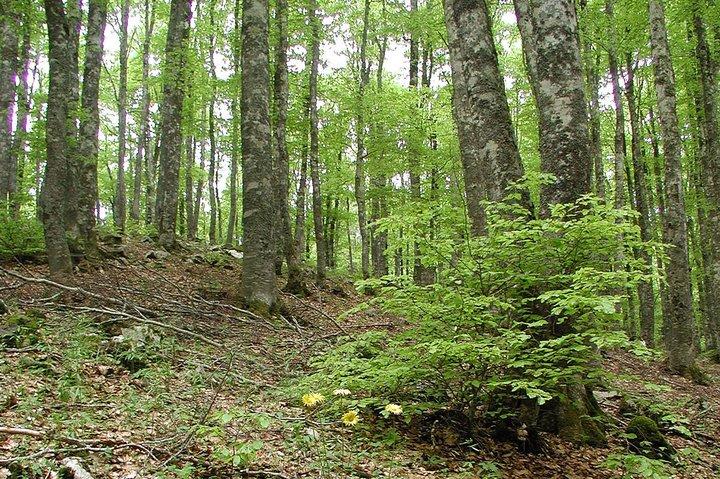Minimum requirements for genetic conservation units of forest trees in Europe

Distribution ranges of many European forest trees extend across large geographical areas and cover many countries with diverse forest management traditions and practices. Read more in this 2013 Annual Report story.
Assessing conservation of forest genetic resources in Europe is hampered by the fact that the distribution ranges of many European forest trees extend across large geographical areas and cover many countries with diverse forest management traditions and practices. Because of this, it is difficult to identify gaps in conservation efforts and to develop genetic conservation strategies for forest trees at the pan-European level.
A new article ‘Translating conservation genetics into management: Pan-European minimum requirements for dynamic conservation units of forest tree genetic diversity’, written by experts from the European Forest Genetic Resources Programme (EUFORGEN), which is hosted by Bioversity International, offers solutions to these problems. In this paper, EUFORGEN experts present minimum requirements for implementing genetic conservation of forest trees in a coordinated manner across different countries and situations. They are based on a dynamic conservation approach that aims to maintain evolutionary processes and adaptive potential across generations, instead of preserving a static sample of genetic diversity. Currently 34 countries are applying the minimum requirements through practical conservation work. This article provides other regions with a useful example on how regional collaboration can foster the conservation of forest genetic resources.
The minimum requirements were developed as part of a project entitled ‘Establishment of a European Information System on Forest Genetic Resources’, based on the earlier work done by EUFORGEN networks. The project was coordinated by Bioversity International and implemented in collaboration with the EUFORGEN member and associated countries. It received co-funding from the Directorate-General for Agriculture and Rural Development of the European Commission.
